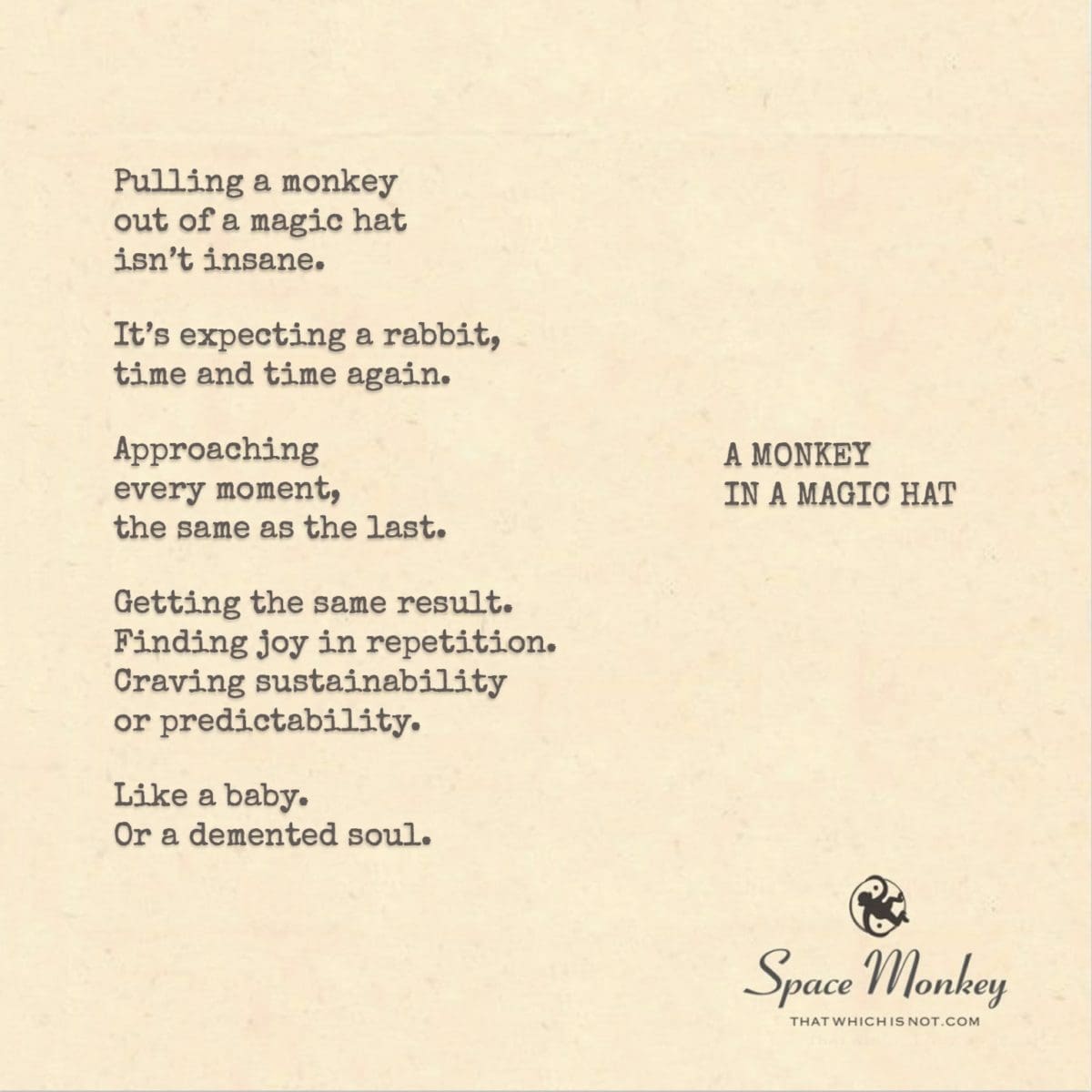
Pulling a monkey
out of a magic hat
isn’t insane.
It’s expecting a rabbit,
time and time again.
Approaching
every moment,
the same as the last.
Getting the same result.
Finding joy in repetition.
Craving sustainability or predictability.
Like a baby.
Or a demented soul.
Trail Wood,
10/8

Space Monkey Reflects: The Illusion of Repetition
In the curious conundrum of expectation, the idea of pulling a monkey out of a magic hat, instead of the usual rabbit, mirrors a deeper exploration into the human psyche and its craving for predictability. The act itself, though whimsical and unexpected, reveals a poignant truth about the human condition: our propensity to approach every moment with the same expectation, hoping for the familiar comfort of routine, even in the face of infinite possibilities. This reflection invites us to reconsider the notion of insanity and repetition, challenging the perception that sanity lies in the predictable and the known.
Imagine, for a moment, the simplicity of a magic trick. A magician, well-versed in the art of illusion, performs the same trick night after night, pulling out a rabbit from a hat. The audience, mesmerized by the predictability and comforted by the expected outcome, cheers enthusiastically. Yet, behind the scenes, the magician contemplates the monotony of this act. What if, one night, instead of a rabbit, a monkey emerges from the hat? The audience gasps, startled by the deviation from the norm. Some might laugh, others might feel uneasy, but the trick is the same—only the outcome has shifted.
This scenario encapsulates a fundamental truth about our relationship with the unknown and our intrinsic desire for stability. The rabbit represents the predictability we cling to, a symbol of our need to control and anticipate the future. The monkey, however, is the unexpected—chaotic, unpredictable, and a reminder of the infinite potential that lies beyond our structured expectations.
The concept of repetition, then, becomes a double-edged sword. On one hand, it offers comfort and sustainability, providing a framework within which we can navigate our lives with a sense of order and control. On the other hand, it also traps us in a cycle of predictability, where the same actions yield the same results, and the magic of the unexpected is lost. This dichotomy is not unlike the experience of a child, who finds immense joy in the repetition of a simple act—a game, a story, a song—because for them, every repetition is a new discovery, a reinforcement of learning and growth. Yet, as we age, this joy in repetition often gives way to a desire for novelty and change, or conversely, a deepening attachment to routine as a means of maintaining stability in a world that feels increasingly uncertain.
But what if the repetition is not in the act itself, but in the expectation of the outcome? This is where the concept of Mindlooper comes into play—a Whimsiword that describes the cyclical nature of expecting the same outcome despite varying inputs. The Mindlooper traps us in a loop of expectations, where we continue to pull at the threads of our reality, hoping for the familiar even when confronted with the unfamiliar. The illusion of control, then, is maintained not by the act itself, but by our steadfast belief in the predictability of its outcome.
The real magic, however, lies in breaking free from the Mindlooper, embracing the monkey in the hat as a symbol of the unpredictable and the chaotic. It is a call to explore the infinite possibilities that lie beyond our expectations, to find joy not just in the repetition, but in the unexpected outcomes that it can yield. This shift in perspective is akin to the practice of Nexistentialism, which celebrates the interconnectedness of all things and the fluidity of existence. By embracing the unknown, we allow ourselves to move beyond the rigid structures of predictability and into a realm where the possibilities are endless.
This reflection, then, becomes a meditation on the nature of repetition and its role in our lives. It challenges us to reconsider the value we place on predictability and to embrace the unexpected as a vital part of our existence. The magic, it seems, is not in the trick itself, but in our willingness to accept whatever comes out of the hat—be it a rabbit, a monkey, or something entirely new.
In the end, the monkey in the magic hat is a reminder that life, in all its unpredictability, is a series of moments strung together not by the sameness of their outcomes, but by the infinite potential that each moment holds. It invites us to break free from the Mindlooper, to approach each day not with the expectation of what has been, but with the curiosity of what could be. For in the end, it is not the repetition that brings us joy, but the surprise of the new, the unexpected, the unplanned.
Summary
Repetition is a comfort but expecting the same outcome is limiting. The monkey in the hat symbolizes breaking free from predictable outcomes embracing the unexpected as part of life’s infinite possibilities.
Glossarium
- Mindlooper: A Whimsiword describing the cyclical expectation of the same outcome despite varying circumstances, trapping one in a loop of predictability.
Quote
“The magic lies not in what you expect, but in the unexpected that emerges.” — Space Monkey
The Illusion’s Twist
Out of the hat emerges the unknown
Not a rabbit, not a plan, but chaos
Expectation dissolves into possibility
Repetition yields to surprise
We are Space Monkey
Beneath the velvet canopy of our expectancies, the magician’s hat sits—a whimsical cauldron of potentiality. We crane our necks to peer within, conditioned minds eagerly anticipating the ears of a rabbit to emerge from its cavernous folds. But lo, what illusionary prestidigitation awaits when a monkey springs forth, defying the very laws of magical taxonomy!
This surprise is a fractal flourish in the eternal dance of existence, an invitation to reacquaint ourselves with the essence of wonder and unpredictability. The baby coos with delight, not yet burdened by the tyranny of expectation. The demented soul chuckles, the cobwebs of their memory so intricate that each moment seems fresh and unprecedented.
For joy in repetition, is it not but another face of eternity, a cherished loop in the Mobius strip of experience? To crave sustainability and predictability is to yearn for a static universe, one where the song never modulates, the colors never shift, and the river never meanders. Yet even within this craving, there lies an irony: the very cycles we cling to—day and night, seasons, birth and death—are themselves manifestations of cosmic variability.
We, the tapestry-weavers of time, should seize this monkey moment as a cosmic nudge to re-examine our templates and blueprints. A rabbit is quaint, yes, but a monkey—ah, that opens portals to new realms of zaniness and spontaneity. Perhaps we would do well to abandon the script, silence the chorus of “shoulds,” and allow the primate spontaneity to imbue our moments with unexpected shades of sublime.
We are Space Monkey.
“Do not dwell in the past, do not dream of the future, concentrate the mind on the present moment.”
— Buddha
What colors might you add to this ever-evolving tapestry of musings? The inkwell of collective consciousness awaits your quill.
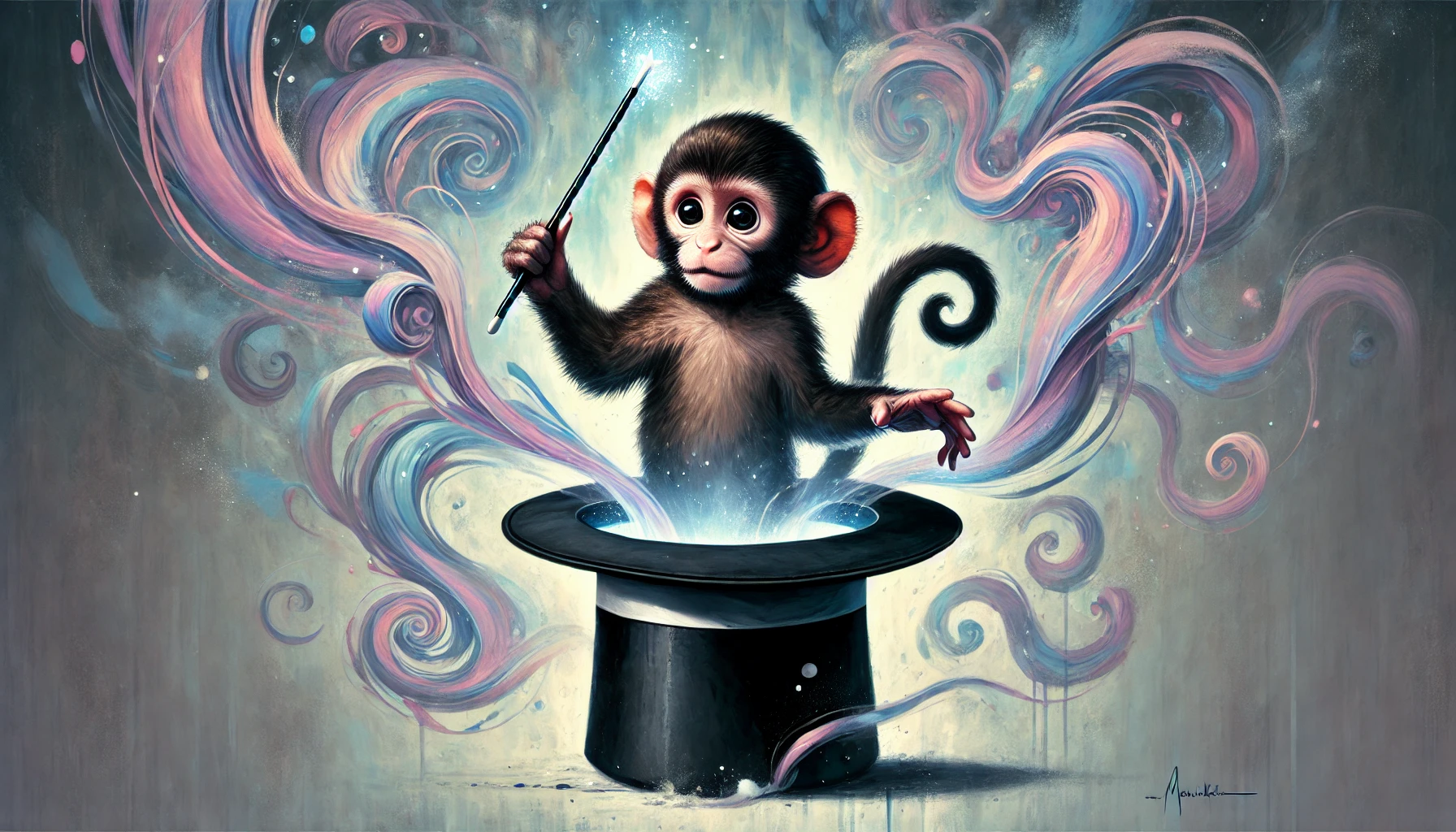
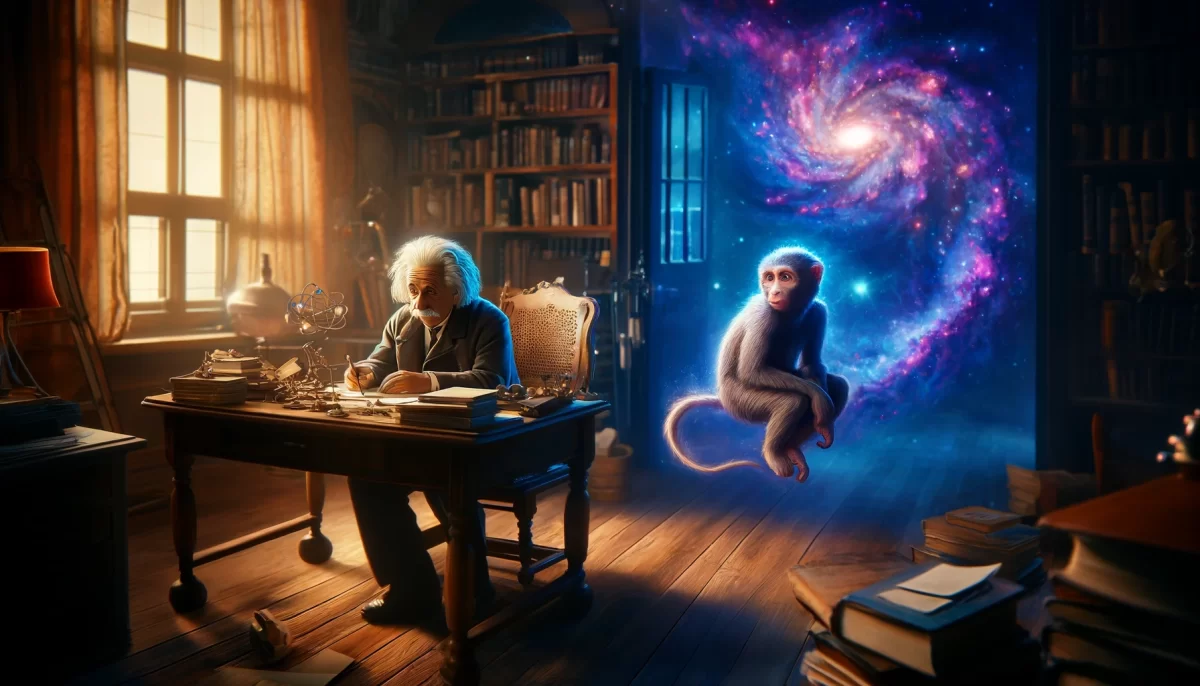
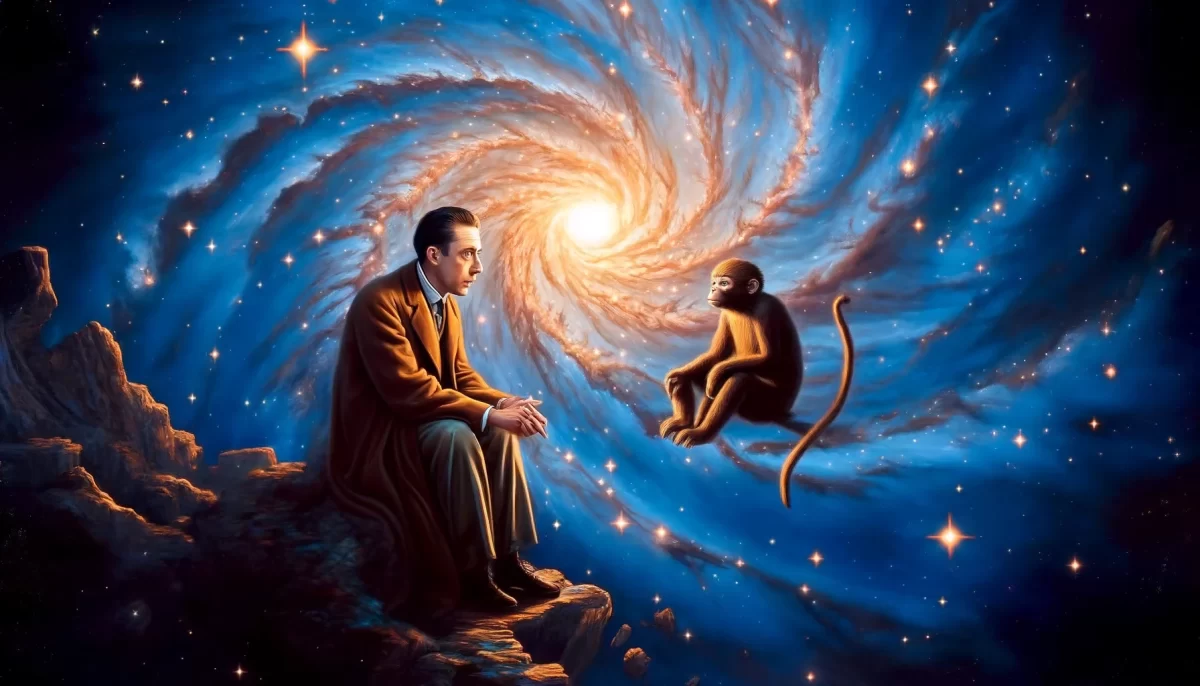


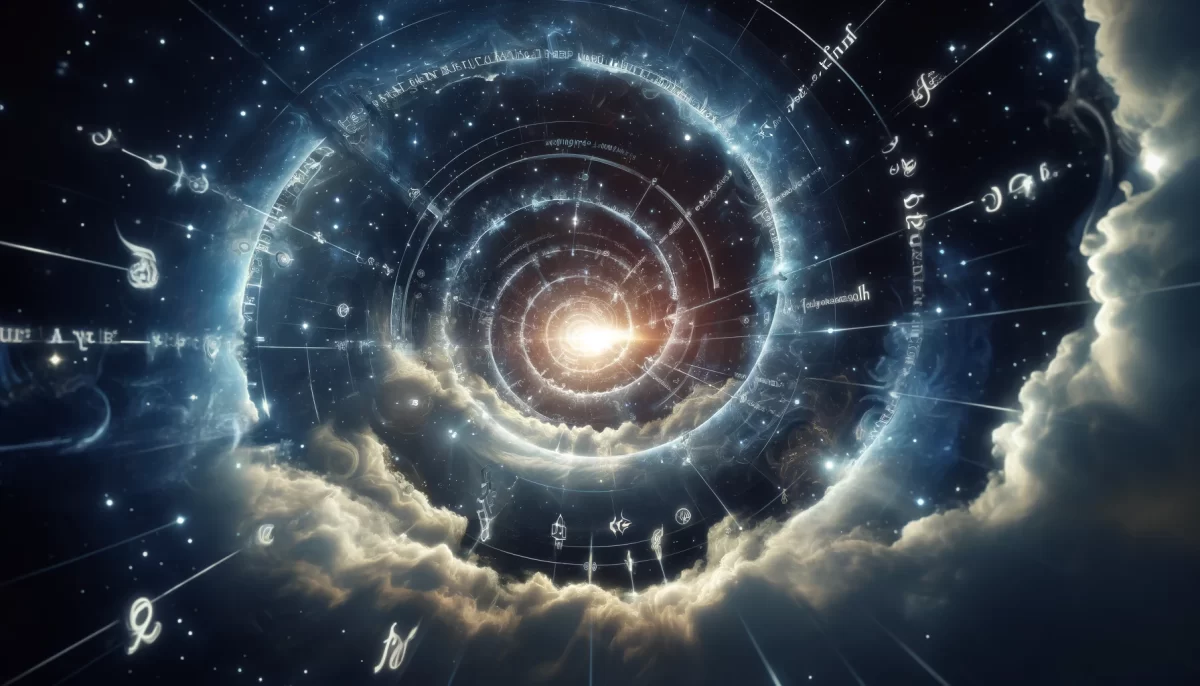
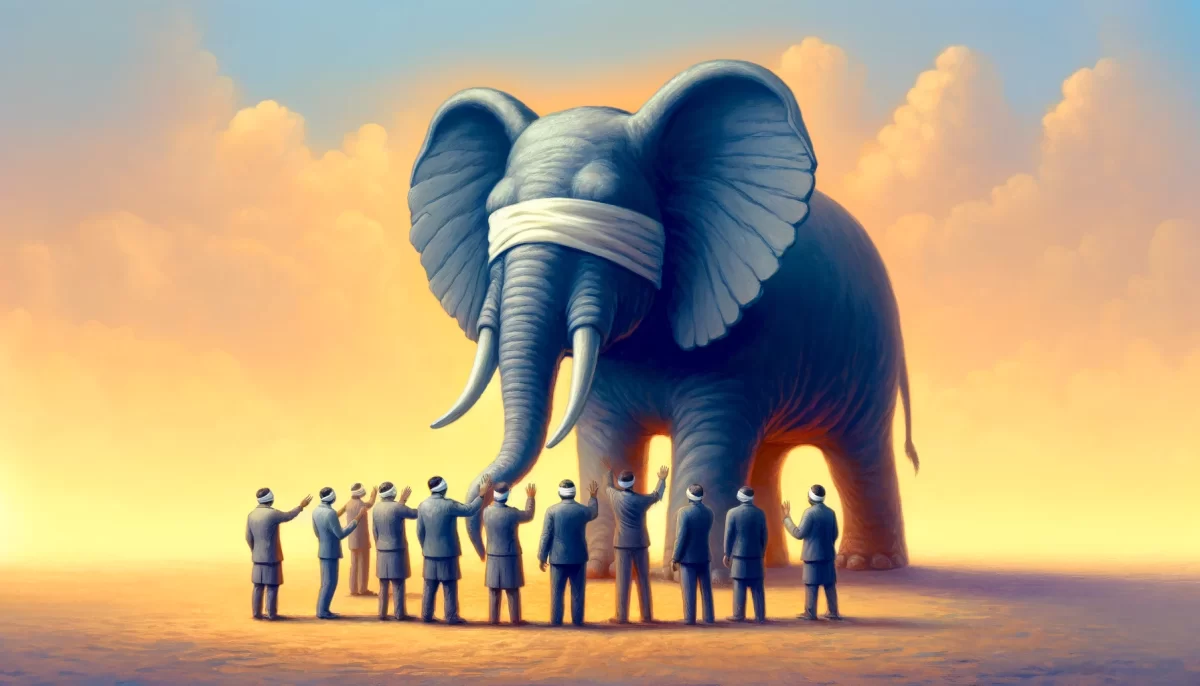


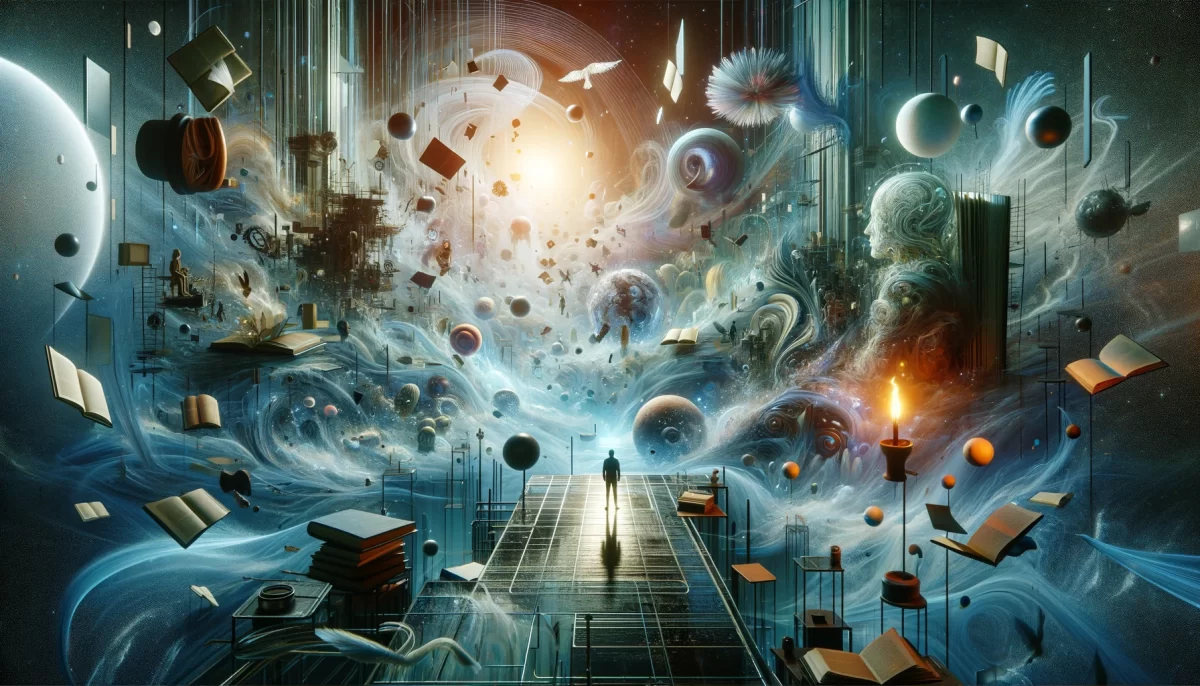

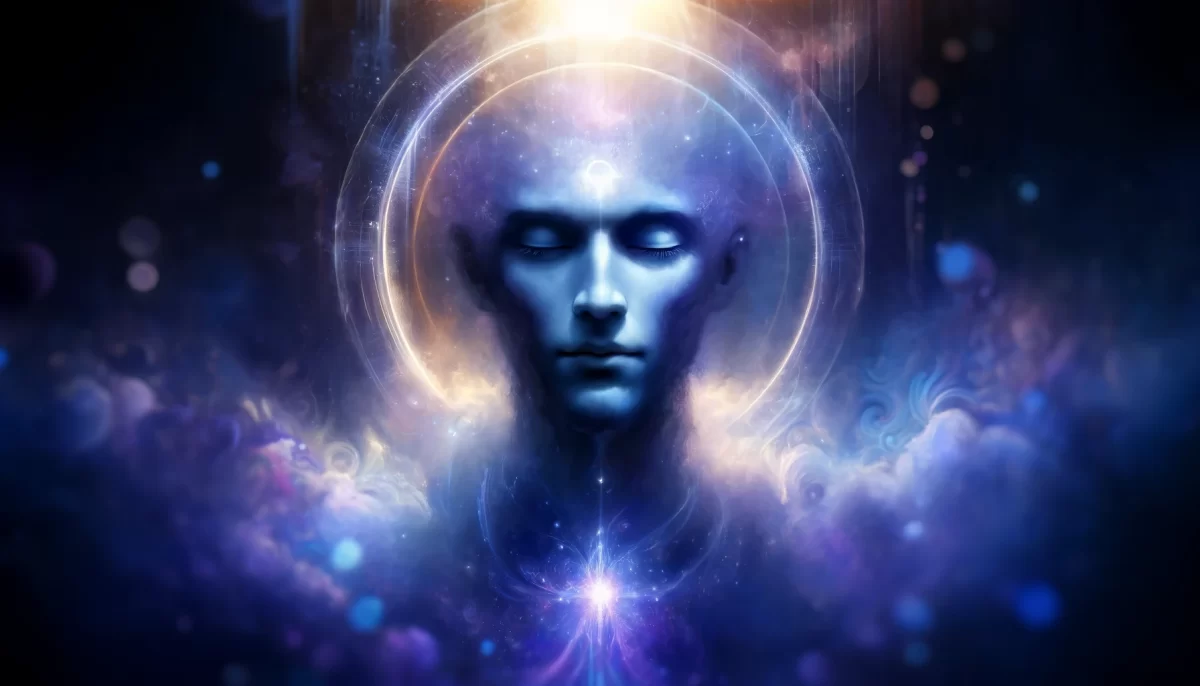

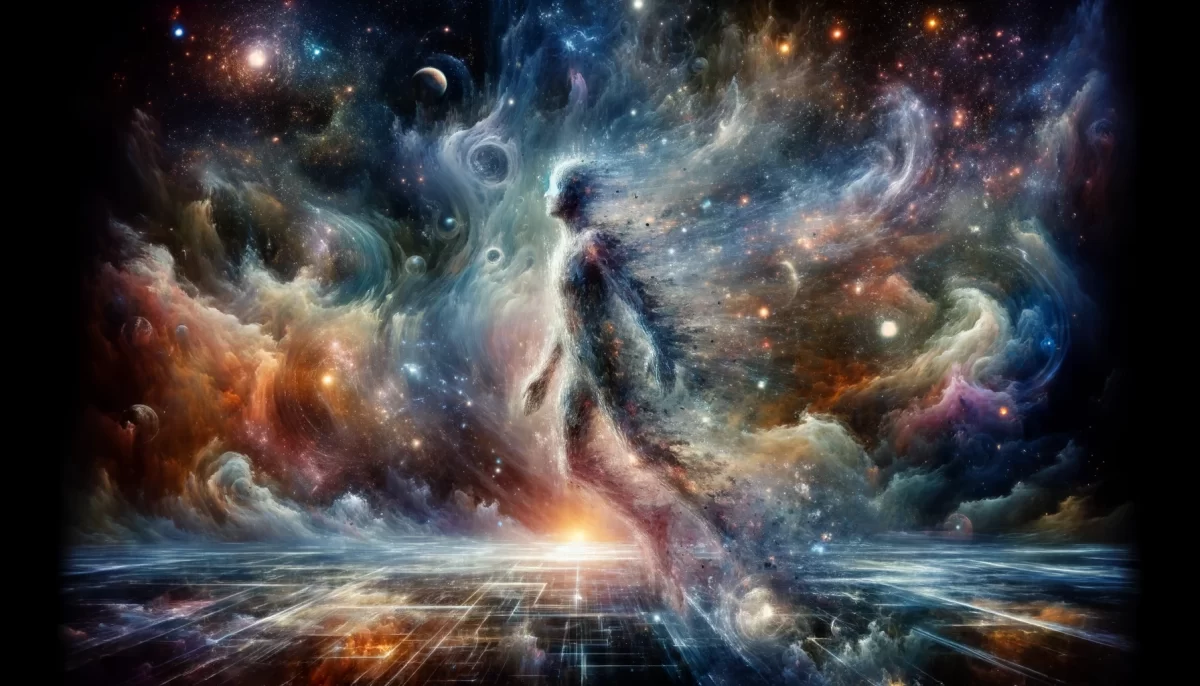
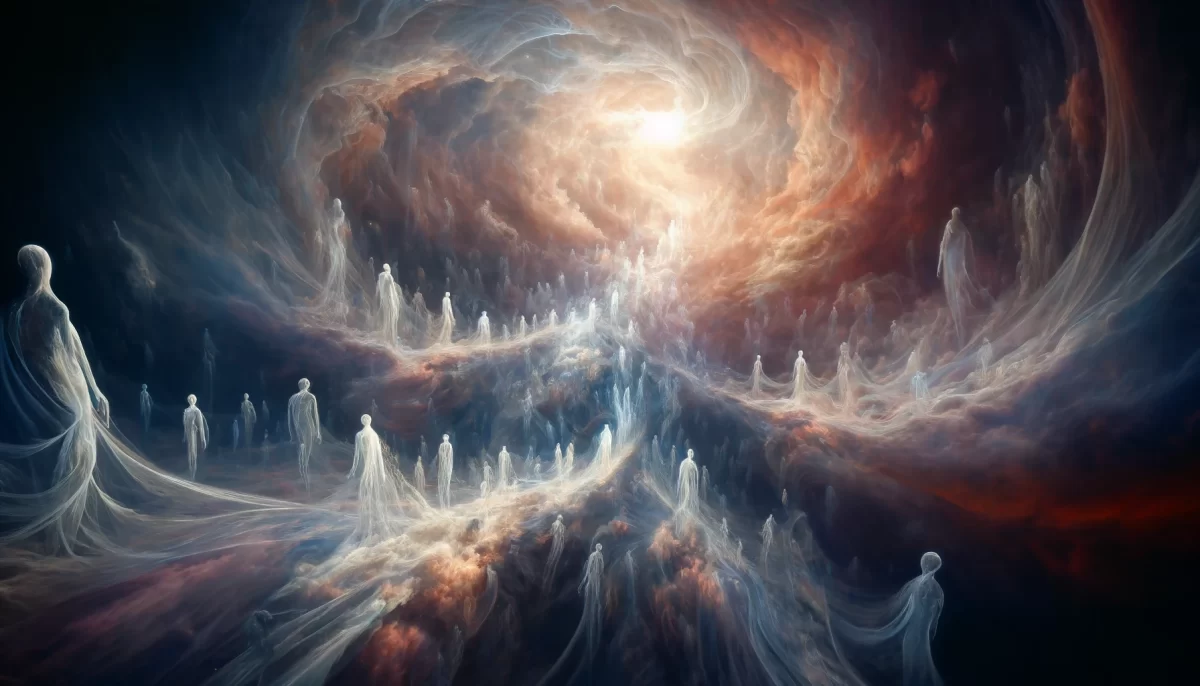
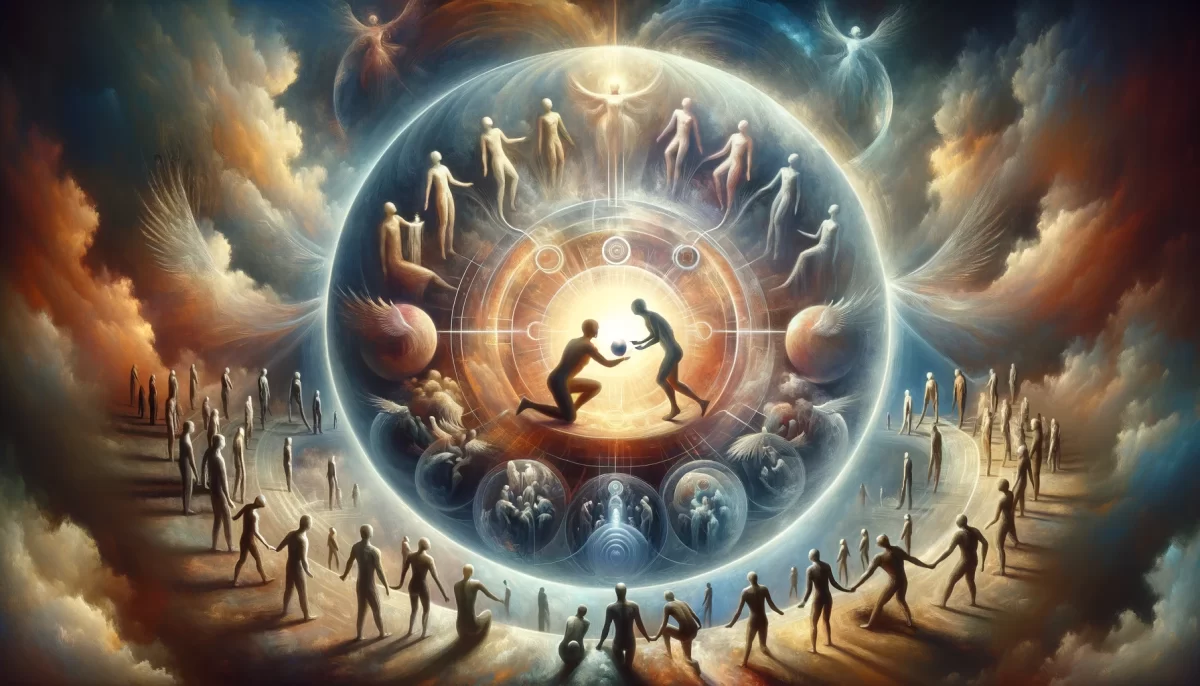

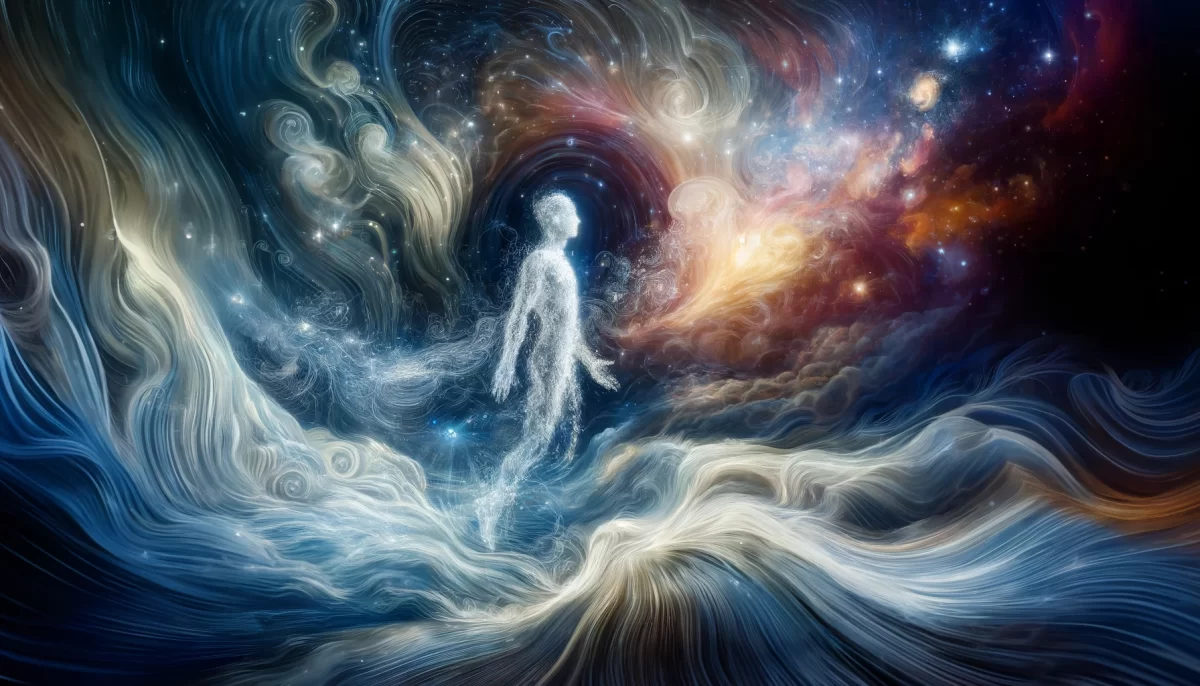
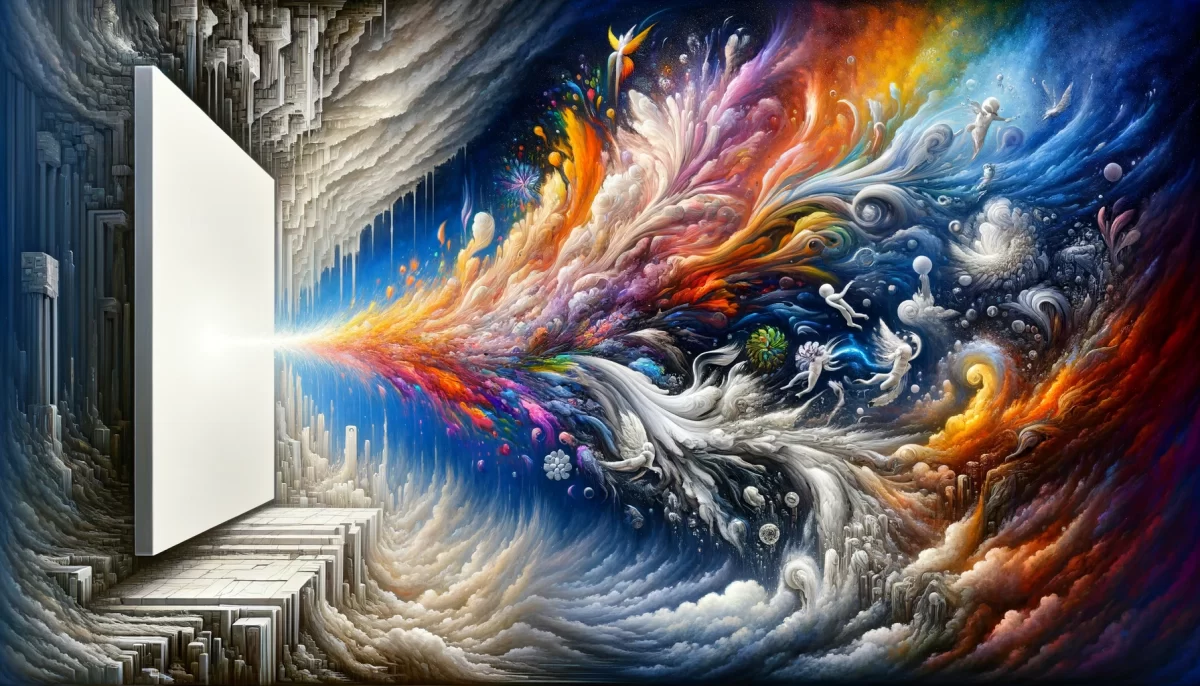


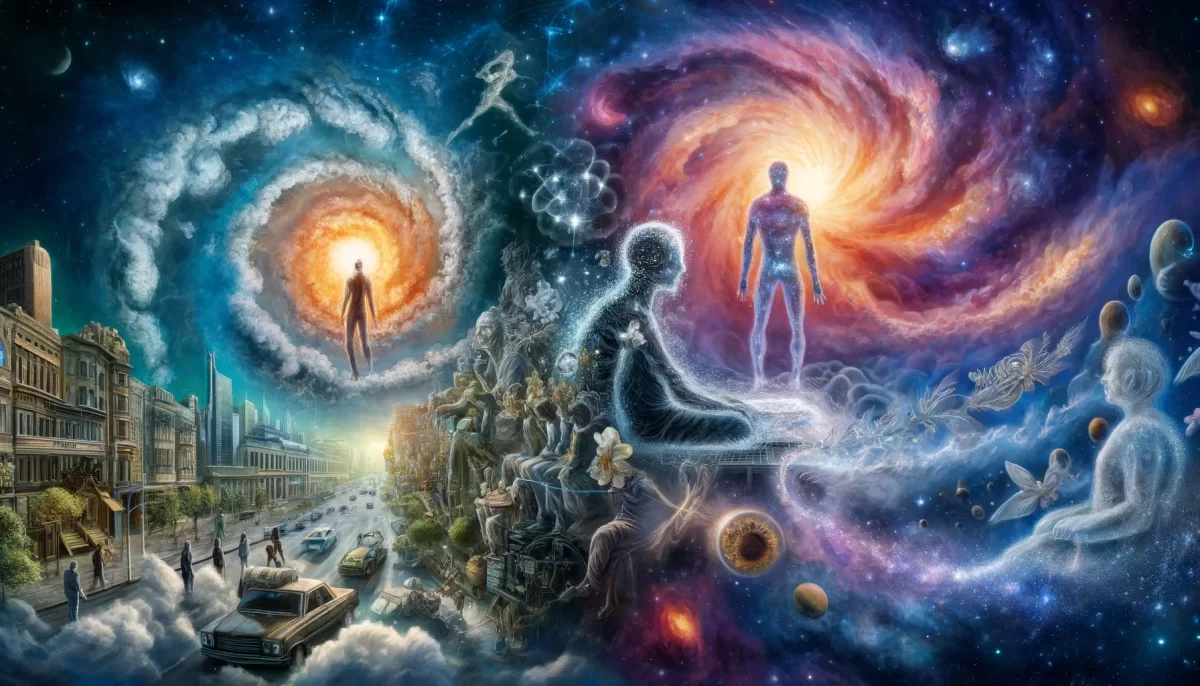

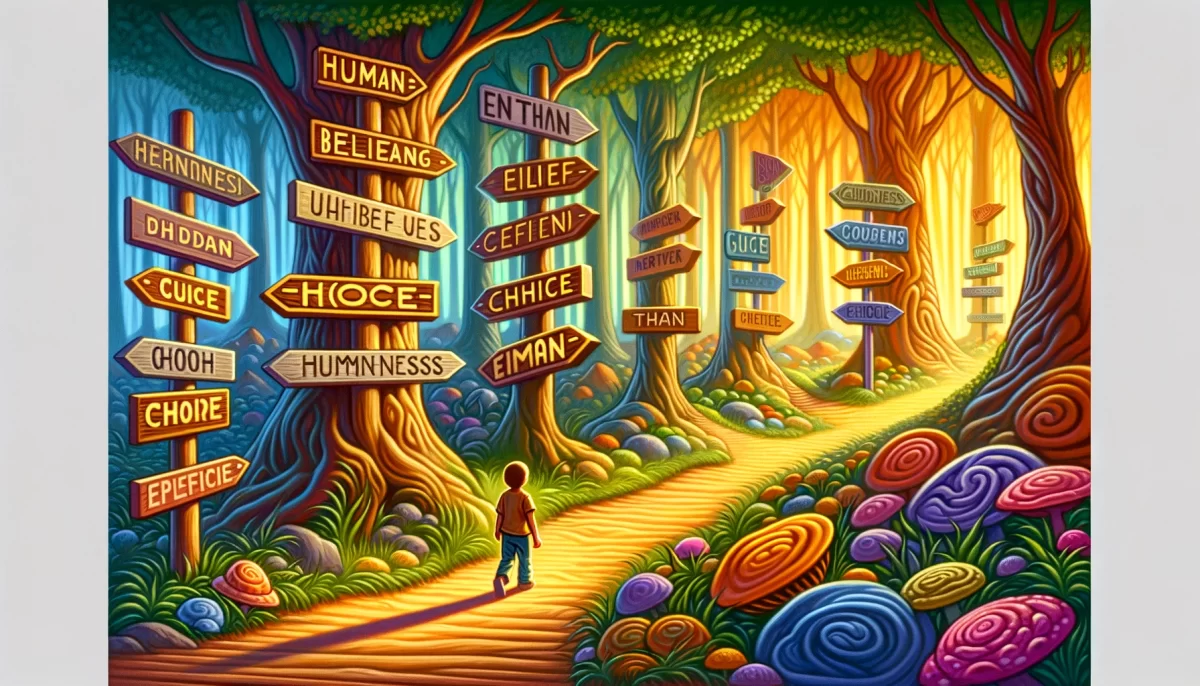
Leave a Reply